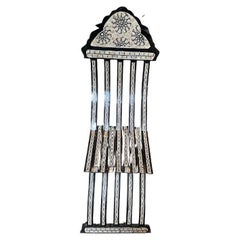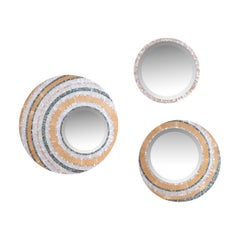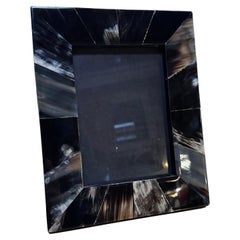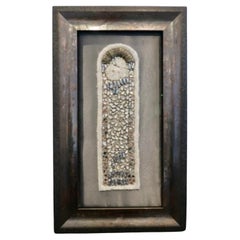Mother-of-Pearl Furniture
to
102
690
305
930
139
15
75
72
65
58
55
25
16
14
12
11
10
7
6
5
4
4
1
100
365
465
154
151
117
98
23
3
18
12
16
15
17
21
24
4
1,084
356,713
296,487
224,455
149,970
517
257
170
148
124
1,084
991
1,030
68
18
16
11
11
Material: Mother-of-Pearl
Pair Levantine Mother of Pearl Inlaid Side Chairs
Located in Dallas, TX
Unique pair of Levantine black and mother of pearl inlaid side chairs. Both chairs are intricately inlaid with lustrous mother of pearl in sophisticated details.
Category
Late 19th Century African Antique Mother-of-Pearl Furniture
Materials
Mother-of-Pearl
Hand-Crafted Decorative Mirror with Three Colors of Genuine Mother-of-Pearl, L
Located in Cairo, EG
Hand-crafted decorative mirror with three colors of genuine mother-of-pearl - large.
Just like the sun, this trio of mirrors brings rays of warmth and joy to any space. They are int...
Category
2010s Egyptian Modern Mother-of-Pearl Furniture
Materials
Mother-of-Pearl, Mirror, Oak
Vintage Italian Mother of Pearl Picture Frame 1980
Located in Los Angeles, CA
Elevate your cherished memories with our exquisite Vintage Italian Mother of Pearl Picture Frame, a timeless piece from the 1980s. Crafted with...
Category
1980s Italian Mid-Century Modern Vintage Mother-of-Pearl Furniture
Materials
Mother-of-Pearl, Wood
Glendalough Valley
Located in London, GB
Shattered crystals, mirrors, natural pearls, and vintage stones on mohair wool.
Category
2010s British Modern Mother-of-Pearl Furniture
Materials
Stone, Crystal
$2,277 Sale Price
20% Off
Recently Viewed
View AllMore Ways To Browse
Antique Hara
Antique Hindu Sculpture
Antique Horse Sleigh
Antique Indian Blanket Chest
Antique Iron Window Grates
Antique Japanese Doll
Antique Marble Lion
Antique Meissen Clocks
Antique Mill Stone
Antique Ming Horses
Antique Nautical Table
Antique Norwegian Cabinet
Antique Pairpoint Silver
Antique Pine Blanket Box
Antique Puppet
Antique Ribbon Case
Antique Sea Chest
Antique Sea Shell Art



